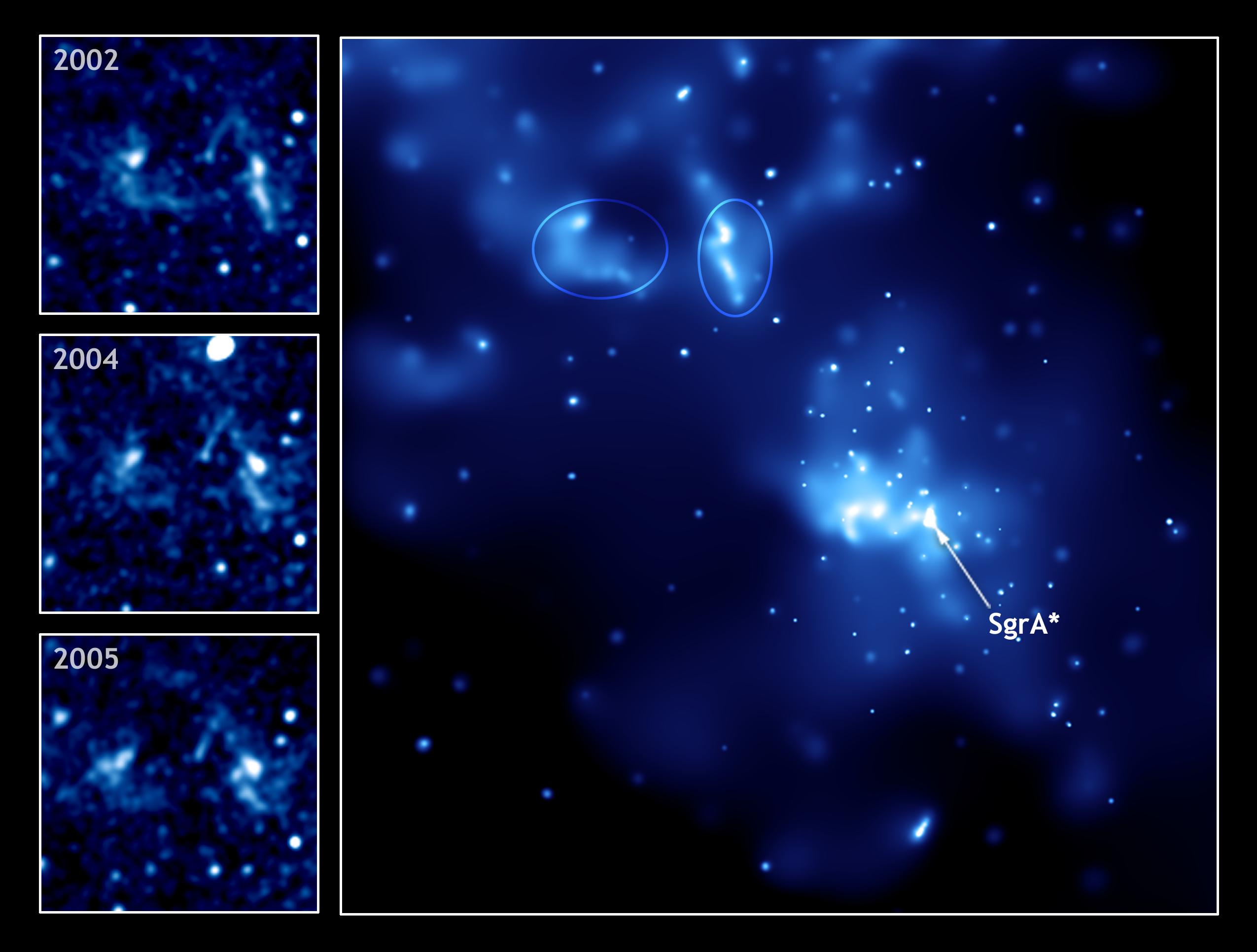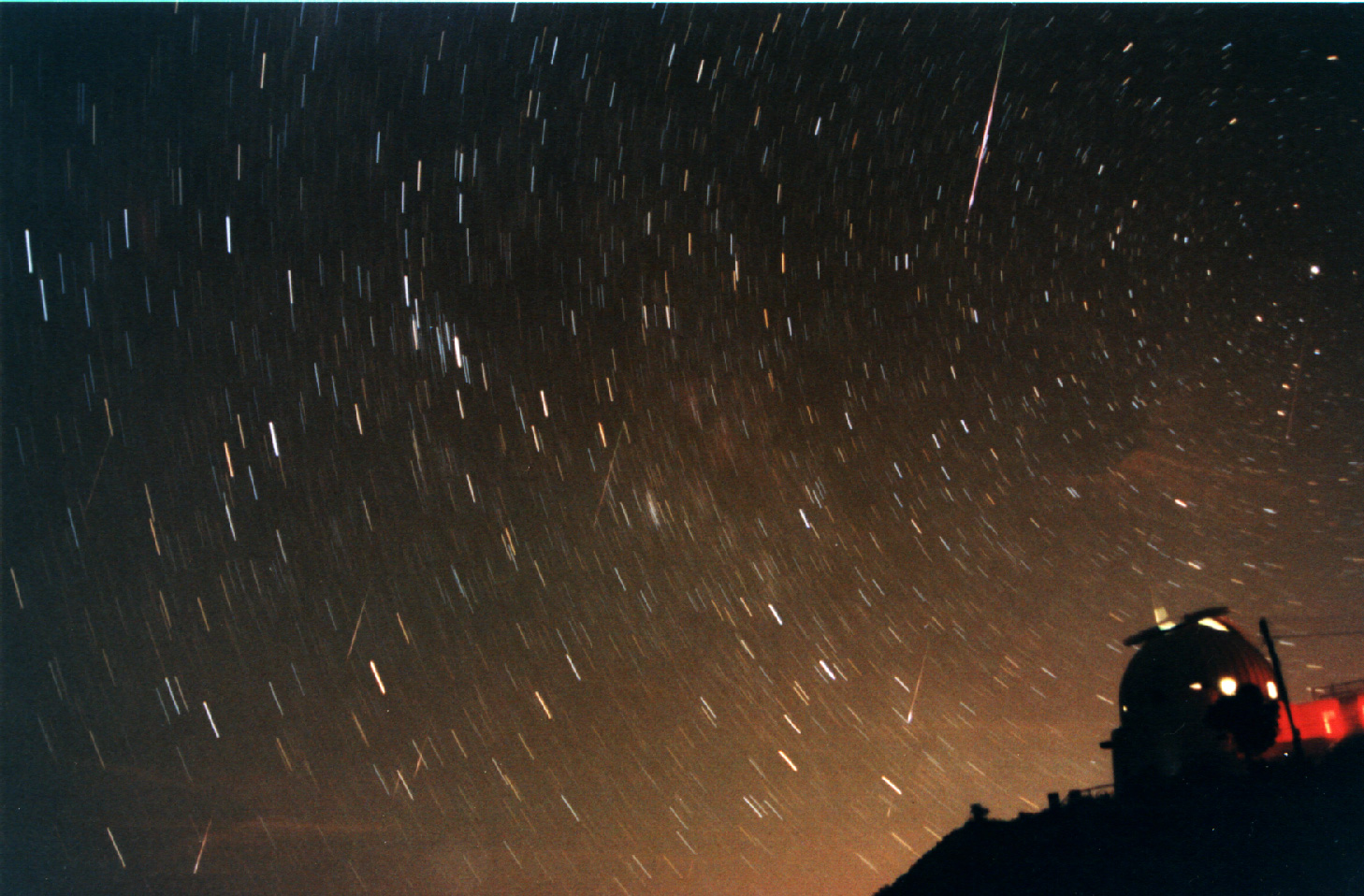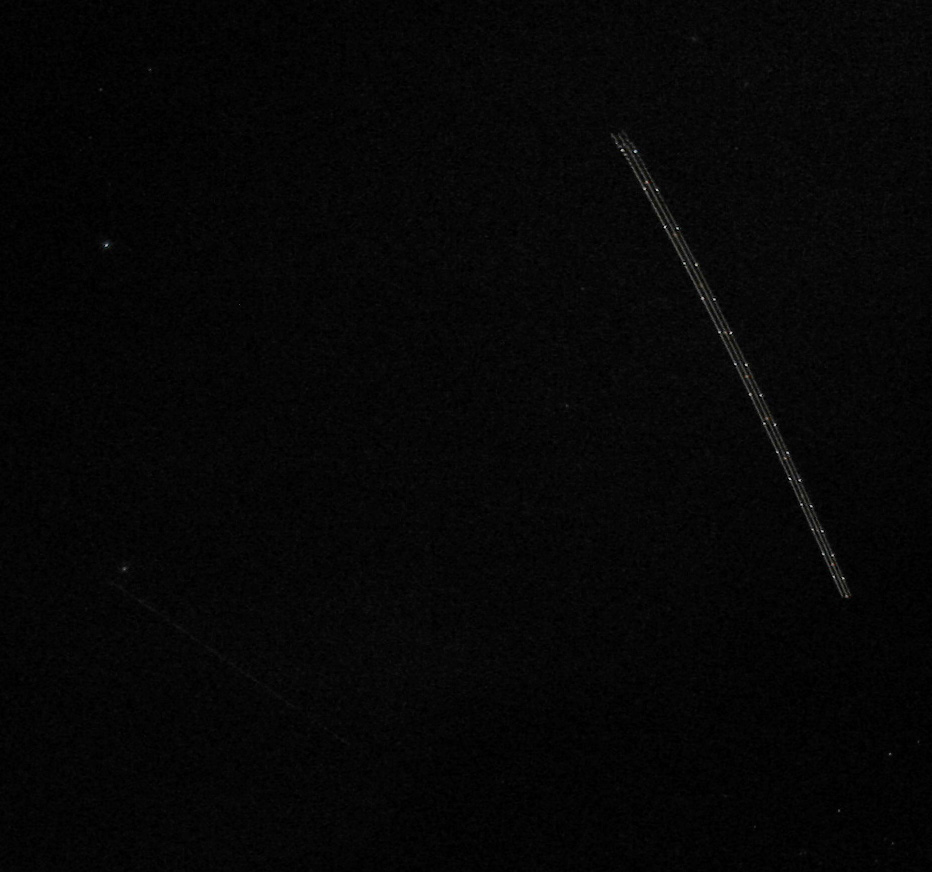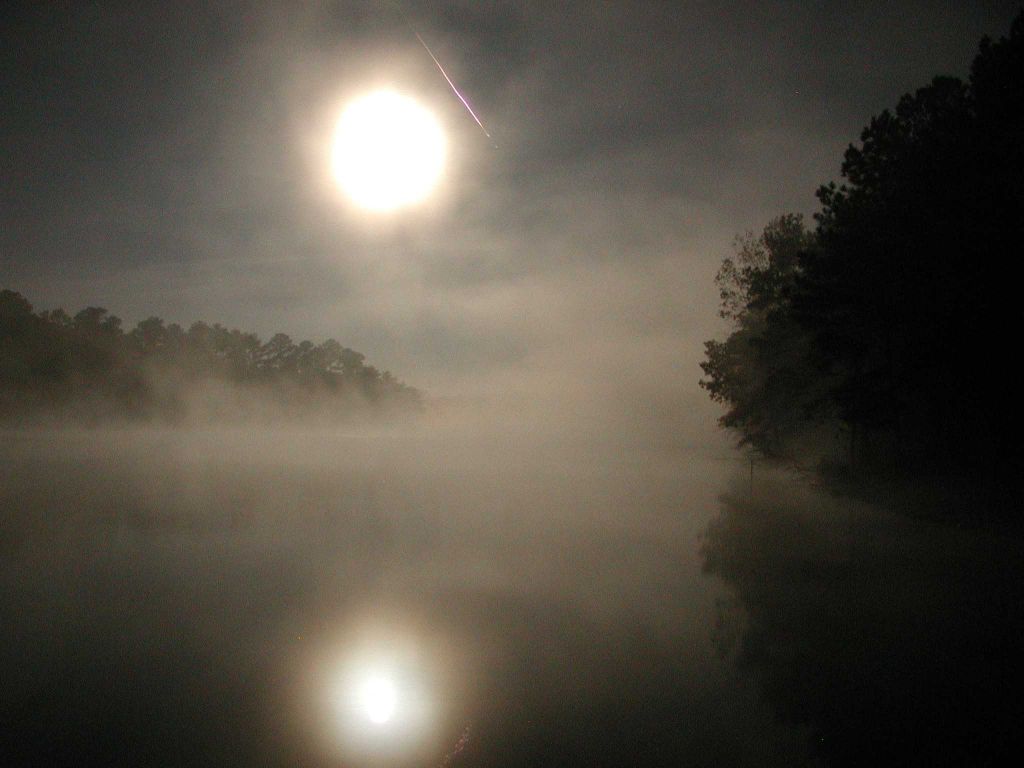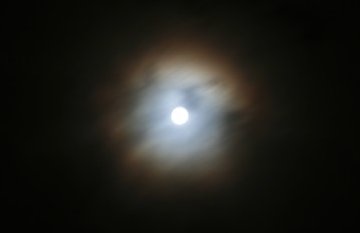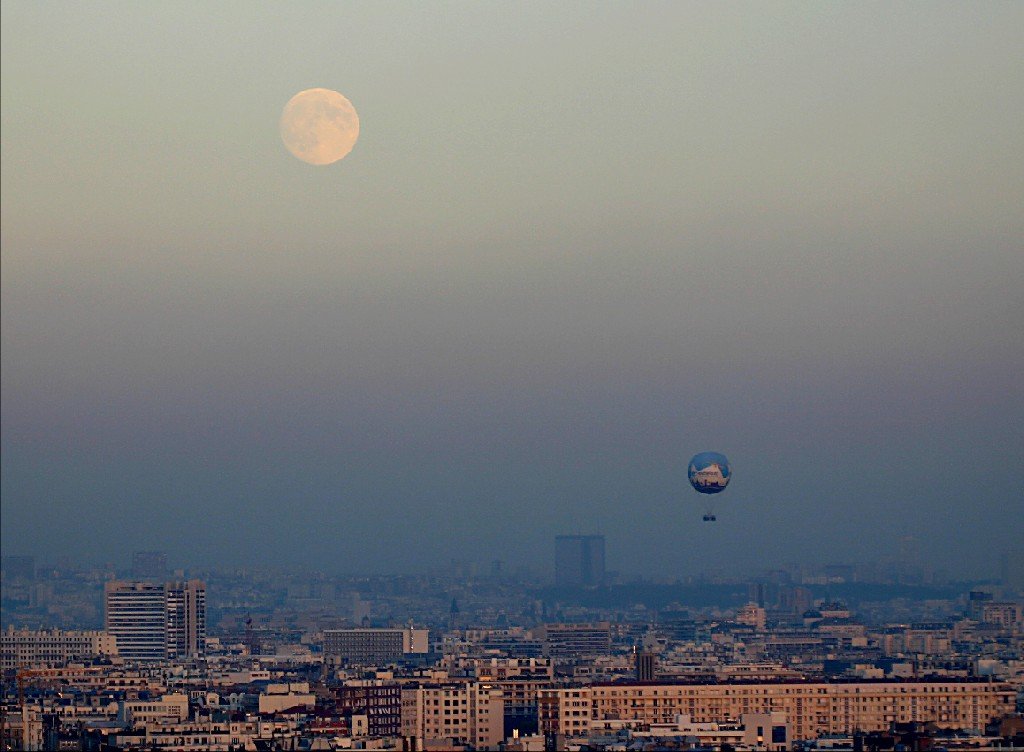holes are generally black (or so we conjectured!).but what if the best way to detect a hole was by the brightness surrounding it?!
Such is the story of our nearest black hole.
We know that all holes in space attract.but black holes are special! These holes warp space (into holes) to such an extent that their attraction is the strongest possible.Not even light itself can escape their lure.
In the past most people used to think that Black Holes were rare objects, to be found in remote regions of the cosmos.But during the nights in the first week of November in 2004, a team of astronomers from UCLA (led by Andrea Ghez) and another team from the Max Planck Institute(led by Reinhard Genzel & Rainer Schodel) observed the supposed center of our galaxy in Sagittarius using simultaneously the Keck telescope in Hawaii and the ESO's Very Large Telescope in Chile.
Before this, The astronomical observations in the Radio spectrum had indicated that due to maximum intensity of radiation in that region in the sky, that was probably the centre of our galaxy.
We derive this conclusion logically from the facts derived and then proven by observation, based on the assumption that no ExtraGalactic source could produce a cumulative effect on radiation intensity of such a magnitude(on us) that it would overshadow the cumulative effect of radiation produced inside the galaxy.the second assumption we make in our search is that as we face the center of the galaxy we will encounter light at maximum intensity(
this is because if one draws a circle and from any point inside the circle he wants to draw the longest line, it has to pass through the centre and towards the other side.this is analogous to saying, "to encounter the maximum number of stars[or in this case light], we must face the centre of our galaxy".)
knowing these two things we can them conclude that probably the light from the direction of the centre of the galaxy has to travel through the maximum number of obstacles to reach us.this then leads us to the next conclusion that obviously then efforts to search for this direction in the visible spectrum would be futile.
hence we attempt our search in the longest wavelength regions i.e. in the radio spectrum.
now, as i was saying, that week in november these 2 teams from the 2 universities upon having already previously been intimated with Harlow Shapley's work on this subject (that was done around 1918) set out observing the Centre of the Galaxy.As they had expected, brightness was at it's peak.A large number of massive stars appeared to rotate around that place.
But the peculiarity of the observation was that there appeared to be nothing bright (or no BIG BRIGHT STAR) at what appeared at high resolutions, to be the exact centre of our galaxy (as everything else appeared to be rotating around it.) This was an observation that went against what one would instinctively assume to be true.and most of the members of the 2 teams were not quite happy with this observation
Something felt out of place!
The two teams, in particular the team led by Prof.Andrea Ghez from UCLA decided it best to observe this region over a period of time. and try and decide by the motion of the nearby stars around the centre, the estimated gravitational pull that would be required from the centre of the galaxy such that the nearby stars might revolve in the way they revolve around the centre.
Upon careful observation of the tracks they noticed how the nearby stars were catapulted/accelerated /swung around (using what is appropriately described as slingshot action.aka satellite motion lingo) , as they approached the centre of the galaxy.Their mathematical computations quite interestingly predicted that the mass of matter that would be required to accelerate the giant stars in the way observed, (the mass of the stars was estimated by measuring their brightness and motion), would require mass of the order of approx 3000SM(SM=Solar Mass.Number of times the mass of our own Sun) to be concentrated at the centre of our galaxy.This amazingly large amount of mass concentrated in this realtively small region of space, without being squeezed into oozing out radiation in the form of light oin the optical region led them to only oine conclusion.-THERE WAS A SUPERMASSIVE BLACK HOLE AT OUR CENTRE!
And the rest is (NOT HISTORY!) told only by the future....
Surjodeb Basu (/dev).
ps- in case u wanted to do futher reading up, the exact center is referred to as Sagittarius A.
It consists of three components, the supernova
remnant
Sagittarius A East , the spiral structure
Sagittarius A West, and a very bright compact radio source at the centre of the spiral,
Sagittarius A*. These three overlap: Sagittarius A East is the largest, West appears off-center within East, and A* is at the center of West.
U can also refer to,
http://www.mpe.mpg.de/ir/GC/index.phphttp://www.astro.ucla.edu/%7Eghezgroup/gc/ I referred also to,
http://www.astro.ucla.edu/~ghez/http://www.astro.ucla.edu/%7Eghezgroup/gc/people.shtmlI am also enlosing some pictures (from various sources) that shall help illustrate what i explained.:


